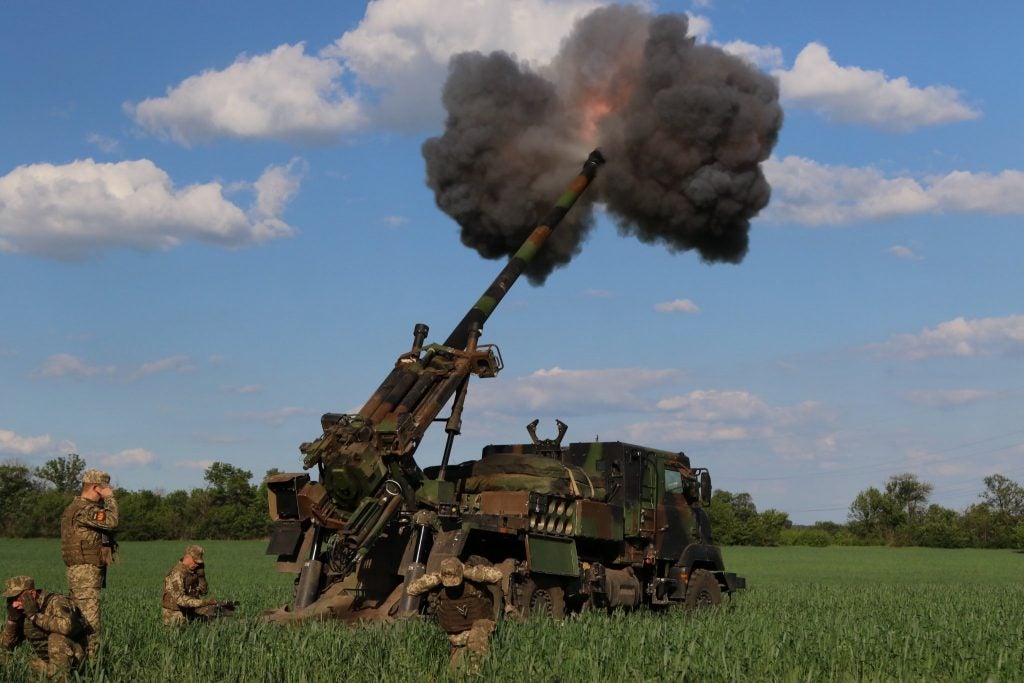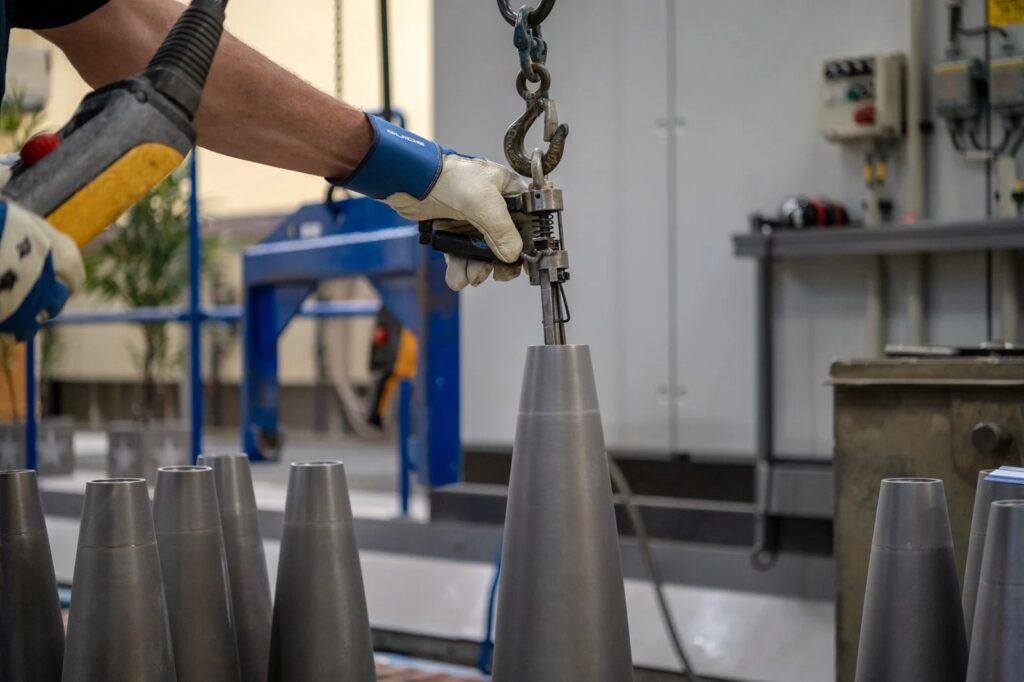Norway To Financially Support Artillery Shell Production Technology Transfer To Ukraine
Norway’s government announced on Friday that it had approved ammunition manufacturer Nammo to proceed with a plan to license production of its 155mm NATO-standard artillery shells to an Ukrainian defense company.
According to Norway’s defense ministry, Oslo will also contribute funding to facilitate Nammo’s transfer of technology and expertise to its Ukrainian partner. The funding will be provided through Oslo’s Nansen Support Programme, its broader multi-year effort to provide both military and humanitarian aid to Ukraine.
Defense Minister Bjørn Arild Gram said that Nammo’s move to “share its recipe” for artillery shells with Ukraine would allow Ukrainian troops to receive shells faster.

Morten Brandtzæg, Nammo CEO, said the company was proud to be able to share technology and expertise that will help strengthen Ukrainian defense capabilities. The company had applied for a license to transfer the shell production technology in March, after Oslo announced that it would allow Norwegian defense contractors to apply for a license from the foreign ministry to transfer defense technologies to their Ukrainian counterparts.
In a statement released by Norway’s defense ministry, Norwegian foreign minister Espen Barth Eide said cooperation with Ukraine’s defense industry was a “wise and effective” way of supporting Ukrainian forces.
Nammo has ramped up its 155mm shell production as European nations have contracted it and other European shell producers like Rheinmetall and Nexter to produce shells for Ukrainian artillery, with its production facilities now producing shells all 24 hours of the day.
In July, Oslo announced that it had signed a 1 billion kroner (approximately $95.6 billion) contract with Nammo to build a new production line for 155mm artillery shells, 120mm tank shells, and rocket motors for AIM-120 AMRAAM missiles, with the line to begin production no later than the end of 2026.
The importance of 155mm shells to Ukraine’s army has grown as its Soviet-era artillery is replaced with NATO-standard artillery supplied by the United States and various European nations, replacing combat losses and the exhaustion of shells compatible with the Soviet-era guns.

